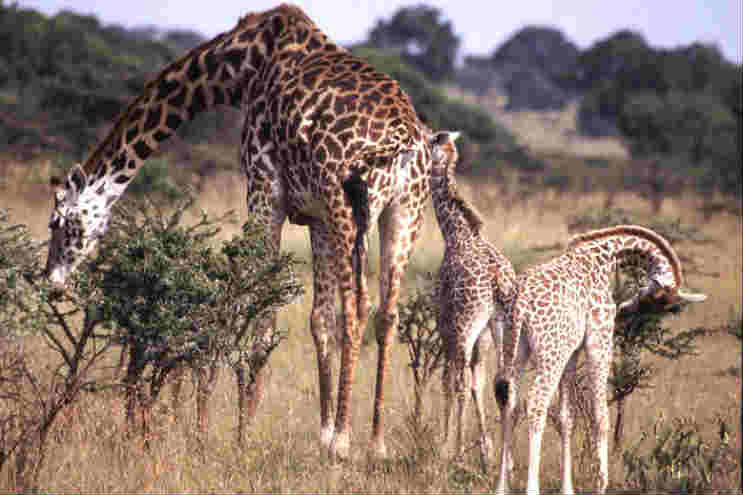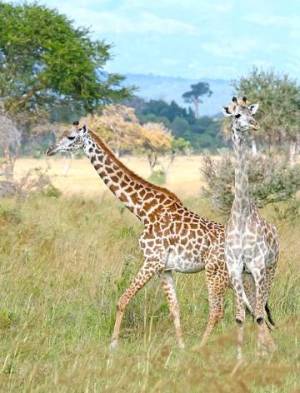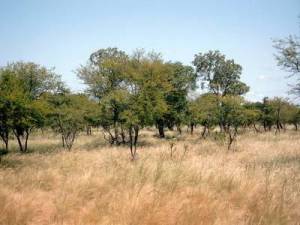Giraffe Habitat
Online Biology Dictionary

|
|
EUGENE M. MCCARTHY, PHD
Giraffe habitat consists mainly of
savanna, sahel, and dry open woodland, especially those regions with an abundance of acacia, a small thorny tree, which is one of the giraffe’s favorite foods. Giraffes also enjoy the leaves of mimosas and apricots.
Treeless grasslands with low vegetation are not ideal for giraffes because it’s hard for them to reach down far enough to eat off the ground.
Historically, the giraffe existed throughout most of Africa. Today, however, it occurs naturally only in the sub-Saharan regions of the continent, ranging from southern Mali to Kenya, and south to northern South Africa (see map below). Even where giraffes survive, the populations are far smaller than they used to be. And the herds are smaller, too. Lowek (1999, pp. 1088-1089) notes that when giraffes were more common, “herds of more than 100 individuals were recorded, but most groups now contain 2-10 animals.” He goes on to say that
|
|
In western Africa giraffes have declined so drastically that the local race, peralta is now classified as endangered by the IUCN.
Giraffes gather around rivers and waterholes during the dry season, but move into open, deciduous woodlands during the rains (Leuthold and Leuthold, 1978). These migrations usually cover about 20-30 km. The movements of giraffes, however, are far less constrained by the availability of water. They can go without water for many weeks, if not months.
Giraffes are active during the night and cooler hours (giraffes sleep less than two hours a day), but rest during the heat of the day.

 Ideal giraffe habitat - Acacia and tall grass
Photo:
Ideal giraffe habitat - Acacia and tall grass
Photo: